Discover Pliva Lake and the city of Jajce
The Pliva Lakes, the Large and Small Pliva Lakes are the largest natural lakes in Bosnia and Herzegovina. The City of Jajce is located in the immediate vicinity of the Pliva Lake. A short 5-kilometer drive takes you to the museum-city, which has long been the center and capital of Bosnian kings.
The Pliva Lakes, the Large and Small Pliva Lakes are the largest natural lakes in Bosnia and Herzegovina. Due to the specific density of water, the Large Pliva Lake is ideal for kayaking and canoeing, as well as kayaking competitions. In 1963, the seventh European and Extraordinary World Championship in kayaking and canoeing on calm waters was held on the Large Pliva Lake. This emerald lake, 3300 m long, reaches temperatures of up to 21 degrees Celsius in the summer months and is suitable for swimming.
The City of Jajce is located in the immediate vicinity of the Pliva Lake. A short 5-kilometer drive takes you to the museum-city, which has long been the center and capital of Bosnian kings. Apart from many cultural and historical monuments in this city, which some call an open-air museum, Jajce is known for the natural beauties that surround it. The Pliva waterfall stands out here, which is located in the very center of the city and is the main tourist attraction.
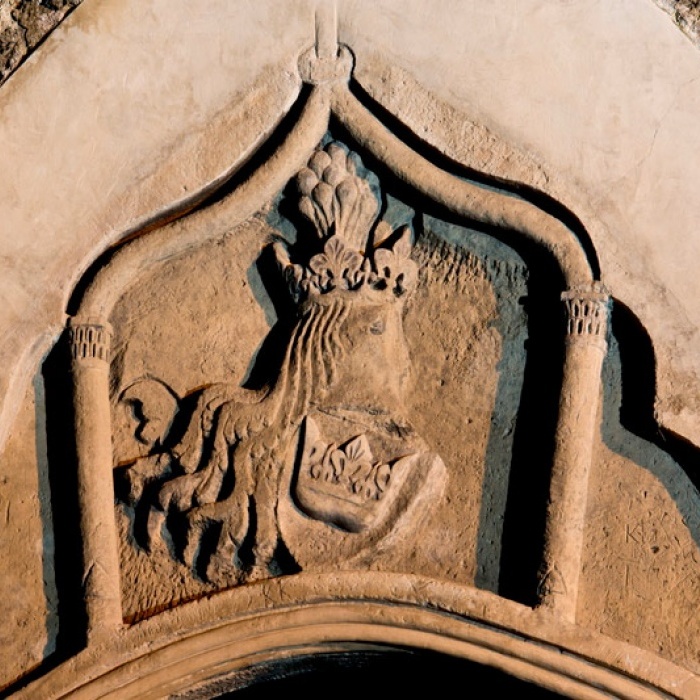


The royal City of Jajce
The royal City of Jajce is located at the confluence of the river Pliva and Vrbas. The city on the banks of beautiful rivers has always attracted tourists and lovers of nature and cultural heritage. The City of Jajce was the capital of the last Bosnian kings, among whom is Stjepan Tomašević (1461-1463). The royal city or museum-city is adorned by a medieval fortress, catacombs, beautiful waterfalls and many other cultural monuments.
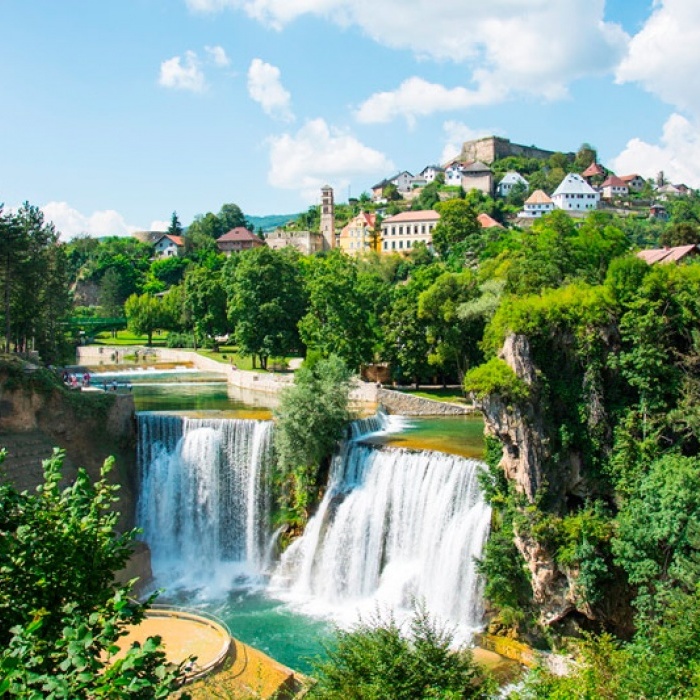


Pliva waterfalls
Pliva waterfalls are 20 meters high and are the only ones in the world located in the city center. They are among the 12 most beautiful waterfalls in the world, and they also host High Diving extreme sports jumps.
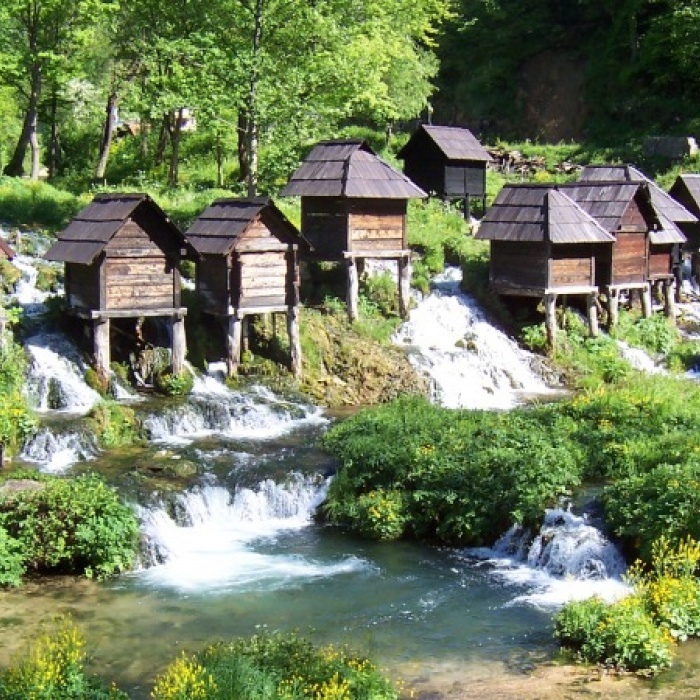


Watermills
The historic mills or watermills, built in 1562, are located between the Small and Large Pliva Lake. This protected cultural scenery is breathtaking and tells a unique historical story of antiquity.
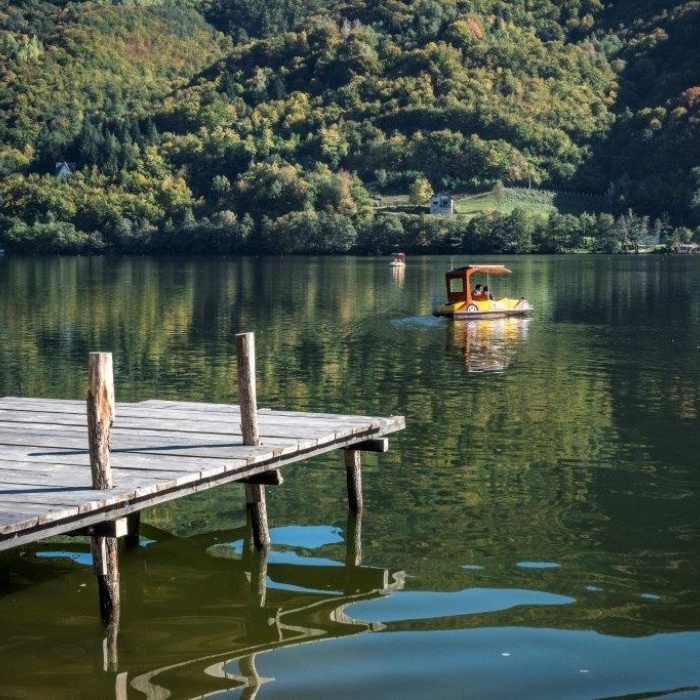


Pliva Lakes
It is amazing how many possibilities for recreation the Small and Large Pliva Lakes provide. From fishing, kayaking, canoeing, pedal boating, jumping and swimming, all the way to activities on the shores, such as volleyball, cycling, walking and finally barbecuing at the famous picnic area near the watermills.
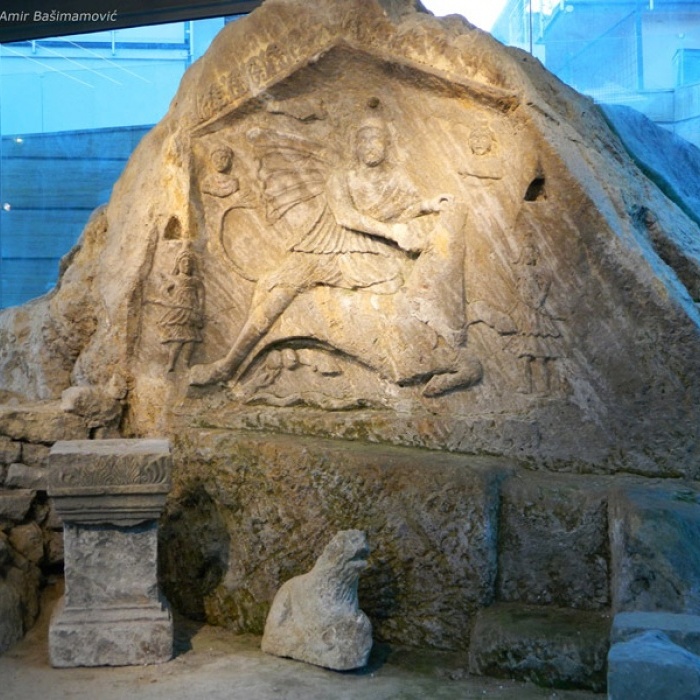


Mithras Temple
The temple of the god Mithras is an ancient temple in Jajce. It is an ancient Roman Mithraist building. It lies below the old city on the left bank of the Pliva. Its first explorer was Dimitrije Sergejevski. It is the oldest monument in Jajce and among the oldest in BiH dating from the IV century. It is an ancient Indo-Iranian deity of the Sun and light, whose cult was brought from Asia Minor by Roman soldiers. The monument was unveiled in 1931.
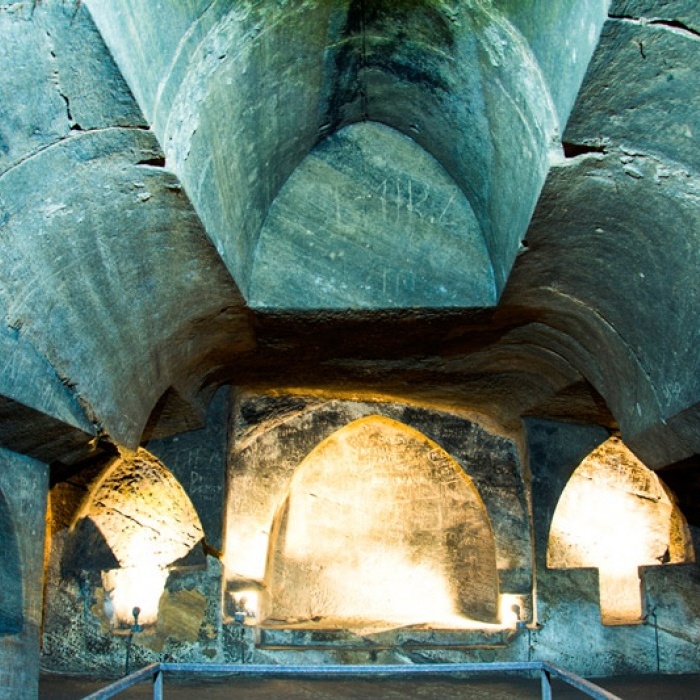


Catacombs
The catacombs are located within the city walls. The monument is an underground church carved into the living rock. In the period at the end of the 14th and the beginning of the 15th century, the powerful duke Hrvoje Vukčić Hrvatinić gave the order to carve the catacombs as the place of the last residence of the ducal family Hrvatinić.